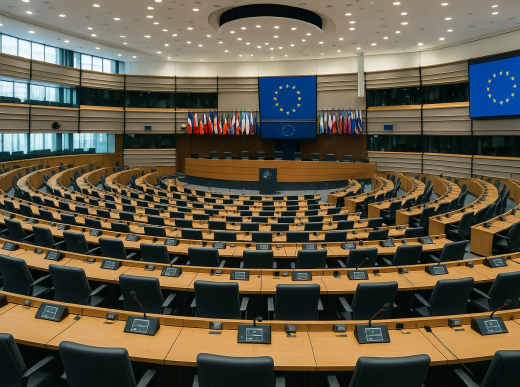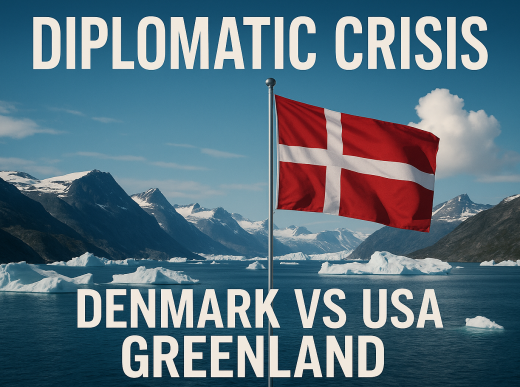Navigating Complex Waters: U.S. Secretary of Commerce’s Delicate Talks with Chinese Officials
How strategic dialogue between the U.S. and China reflects broader geopolitical tensions and economic recalibration.
By AAFUS
In late August, U.S. Secretary of Commerce Gina Raimondo embarked on a high-stakes diplomatic mission to Beijing—a visit that signals a fragile yet necessary attempt to stabilize trade relations between the world’s two largest economies. Against the backdrop of ongoing tech export controls, military posturing in the South China Sea,. And persistent cyber-espionage concerns, raimondo’s agenda was both ambitious and precarious.
the diplomatic visit aimed to carve out a “stable commercial relationship” with china, even as strategic rivalry continues to intensify. Raimondo’s delegation emphasized sectors such as tourism, manufacturing, and climate collaboration. While doubling down on restrictions for advanced semiconductor exports that washington deems crucial to national security.
“and china reflects broader geopolitical tensions and economic recalibration.”
her counterpart, chinese minister of commerce wang wentao, greeted the talks with cautious optimism, though official statements from beijing reiterated long-standing grievances about u.s. technology sanctions. Nonetheless, the formation of new bilateral working groups for commercial issues. And export controls signals an institutional step forward—though one that remains politically fragile.
economic realities beneath the diplomacy
raimondo’s trip reflects an evolving reality: neither country can afford full economic decoupling. Despite heightened rhetoric, China remains America’s third-largest trading partner, and U.S. firms—particularly in aerospace, healthcare, and green technology—retain significant stakes in the Chinese market. Conversely, China’s economic slowdown and youth unemployment crisis are spurring interest in revitalizing foreign investment pipelines.
While Beijing may not admit it publicly, the Ministry of Commerce has reportedly engaged in backchannel dialogues with U.S. corporate leaders in anticipation of Raimondo’s visit. American companies like Boeing and Tesla, already facing challenges in the region, view the resumption of top-level talks as a chance to recalibrate their China strategies without appearing overly reliant on Washington’s policy dictates.
“firms—particularly in aerospace, healthcare,. And green technology—retain significant stakes in the chinese market.”
“Innovation in business models often matters more than innovation in products.”
Industry Expert
the shadow of technology sanctions
still, the elephant in the room remains the united states’ targeted sanctions on chinese tech giants like huawei, as well as export bans on advanced chips and semiconductor tools. Raimondo reiterated that these national security-related restrictions are “non-negotiable,” a stance unlikely to change under the current administration. Chinese officials, while echoing grievances about Western containment, remain keen to prevent these sanctions from bleeding into broader trade channels.
Interestingly, both parties agreed to establish a “new information exchange mechanism” related to export enforcement, a move designed to increase transparency. And avoid miscommunication. While critics argue this could be exploited for strategic disinformation, others see it as an overdue trust-building exercise.
Regional. And global implications
raimondo’s visit also came amid parallel events in southeast asia, where china continues to assert its influence. The timing reflects an American pivot toward multilateral trade resilience, particularly with ASEAN nations. While her visit was bilateral in scope, the signals sent to U.S. allies were unmistakable: the U.S. is engaging China from a position of calculated strength, not appeasement.
“Nonetheless, the formation of new bilateral working groups for commercial issues. And export controls signals an institutional step forward—though one that remains politically fragile.”
for europe, which has taken a more restrained approach to china, raimondo’s efforts may serve as a blueprint for structured economic diplomacy in a time of geopolitical volatility. The European Commission, which recently launched its own investigation into Chinese EV subsidies, is closely watching Washington’s attempts to strike a delicate balance.
Looking Ahead
As global markets digest the implications of this visit, one thing is clear: U.S.-China commercial ties are undergoing a transformation, not a dissolution. Raimondo’s trip—marked by strategic ambiguity and diplomatic precision—demonstrates that managed competition, than full-scale confrontation, remains the dominant paradigm for now.
However,. While no major breakthroughs emerged, the establishment of working groups and institutional channels suggests a pragmatic acknowledgment by both sides: dialogue, however fraught, is preferable to silence.
















